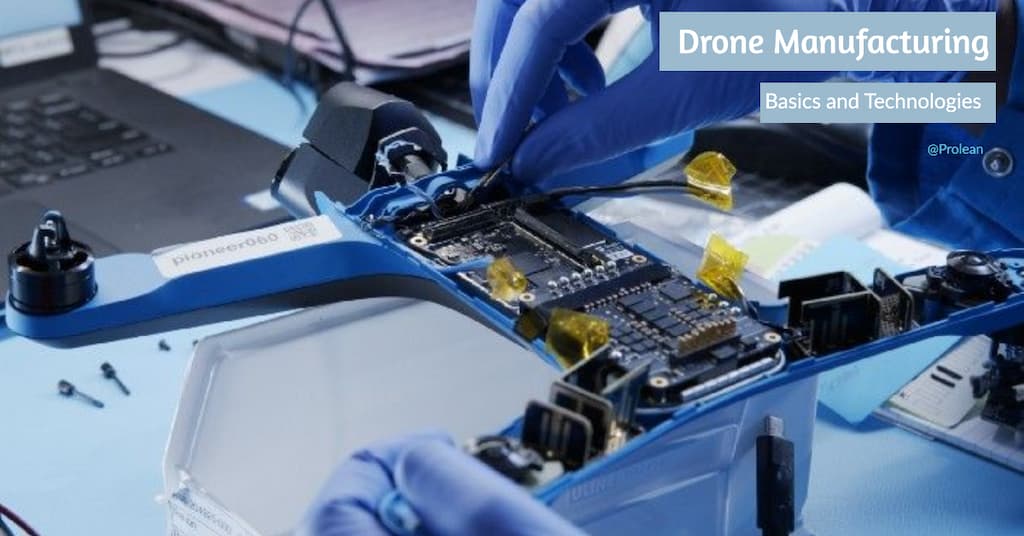
Drone technology is one of the areas demonstrating the evolution that has been in precision and innovation in engineering.
Of course, a lot of design and manufacturing intricacies go into drone manufacture. But the common manufacturing methods are still at play in the process.
CNC machining, injection molding, and 3D printing are prominent methods that designers and engineers apply in the conceptualization of drone designs. In this post, we will outline the manufacturing steps and review a few manufacturing methods.
Steps in Drone Manufacturing
Drones may appear complex, but manufacturing them is relatively straightforward. Engineers follow a design and manufacturing plan to produce these amazing machines. The basic steps are outlined below:
1. Product Prototype
Drone manufacturing starts with the prototype. Creating a prototype is necessary to identify any potential issues with the product before full-scale manufacturing. A prototype may be built and discovered to be below-par. Changes to the original design are made before the real production starts.
2. Drone Structure/Frame
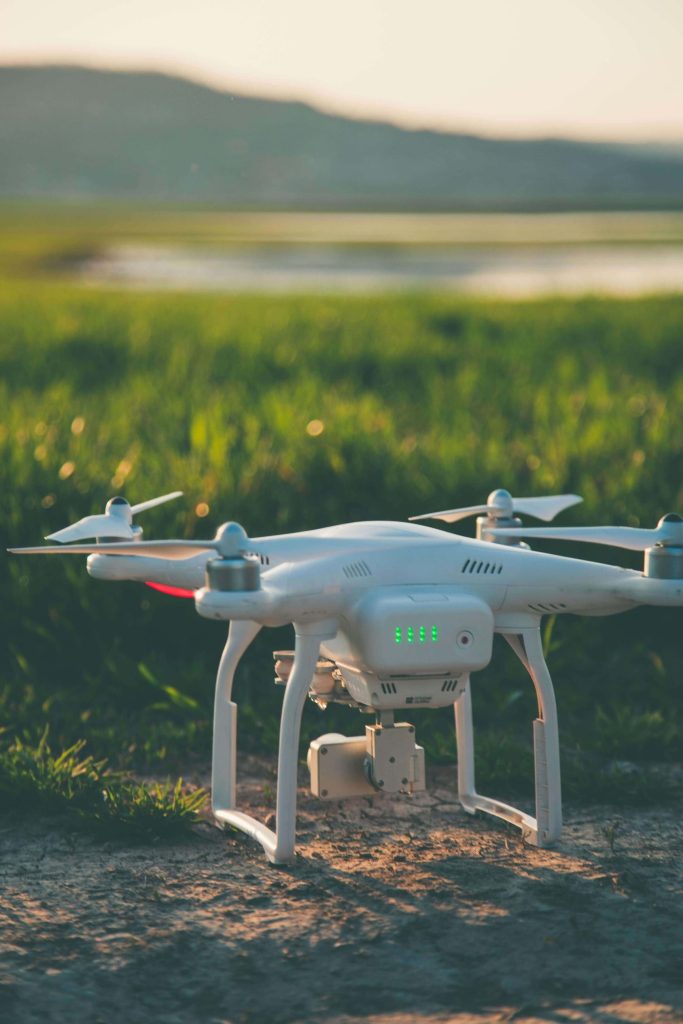
Drone Standing on the Ground
Creating the drone structure is next. The product has to be strong yet as light as possible. It should be durable and have the right aerodynamics.
Ever wondered why most drone designs are in an X shape? It is mostly for optimum strength that can support motors and other components.
3. Motor and Propeller Assembly
Drone motor assembly also takes place during this time. Conventional drones feature four motors, but modern drones are coming with eight or more.
The complexity of motor and propeller assembly depends on the type of drone you are putting together. The most specialized drones require hands that are more skilled, and the motor technology could be more advanced.
4. Program Operationalization

Computer Program is used in Drone Manufacturing
Finally, the production team will operationalize the drone and program it. The landing equipment is also added. Once the drone has passed the subsequent operational tests, it can take off.
Try Prolean Now!
Materials Used in Drone Manufacturing
Manufacturing drone parts and components requires versatile materials. Here are some of the most prominent ones:
Thermoplastic
Despite being relatively flexible, this material is strong. It is very effective in the creation of suitable drone parts to the tightest tolerances.
Carbon Fiber
The material’s high strength-to-weight ratio is an attractive feature in the development of this technology.
Fiberglass
For the less important parts of the drone, you would go for the more affordable fiberglass.
Aluminum
One of the most prominent metals in drone manufacture is aluminum. Choose the right aluminum alloys and you have an irreplaceable combination of high strength and low weight. Critical parts including the frame and landing gear are made from aluminum alloys.
Copper
For the electric parts of the drone, copper makes a perfect material. The high electrical conductivity of the material comes in handy in the manufacture of the power transmission and other wiring segments.
Three Top Drone Manufacturing Technologies
To work with these materials to actualize exciting drone ideas, manufacturers use a variety of manufacturing methods. Below are some of the most common ones:
CNC Machining for Drone Manufacturing
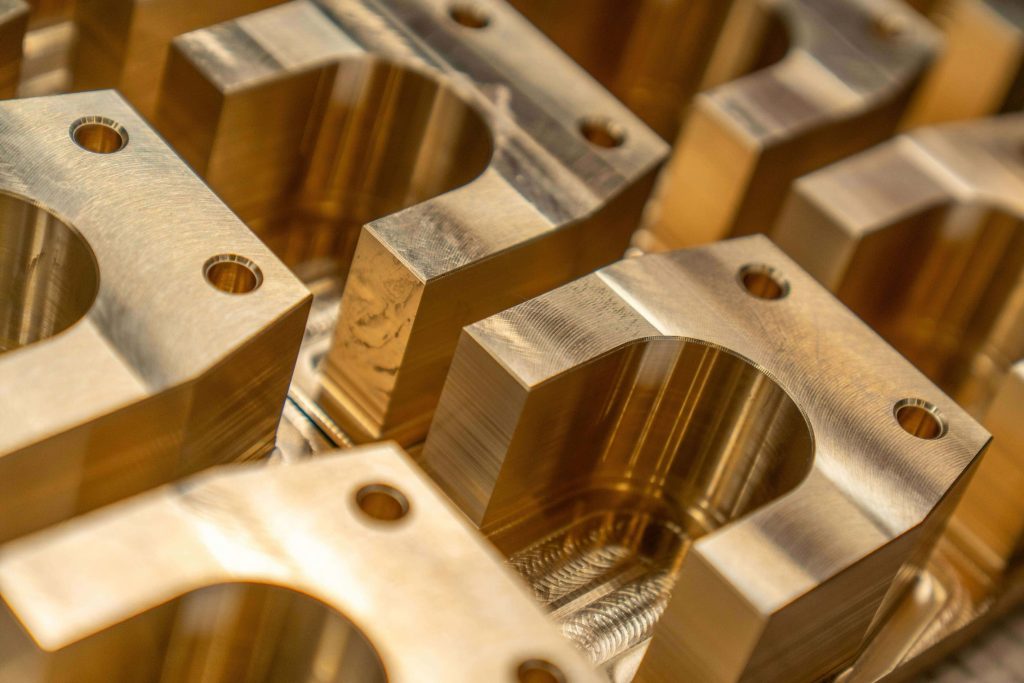
CNC Machined Parts
CNC machining utilizes computer numerical control tools. This technique involves a written program that enables the movement of a cutting tool along a specific path.
CNC machining for drone parts follows the following basic steps:
1. Product design
2. Material selection
3. Writing the CNC program
4. Tool setup
5. CNC machining
6. Inspection
CNC machining is fast and produces parts to the exact dimensions. The complex parts are easy to produce through CNC machining.
Using CNC machining for drone parts offers the following benefits:
First, the parts are sturdy and durable. When you cut a part from a solid block and refine it to the last detail, it is strong and durable. Unlike other methods, CNC machining rarely introduces weak points in a part.
The high quality of the surface finish is another advantage of CNC machining materials for drone manufacturing. CNC milling and turning produces parts that have minimal surface variations.
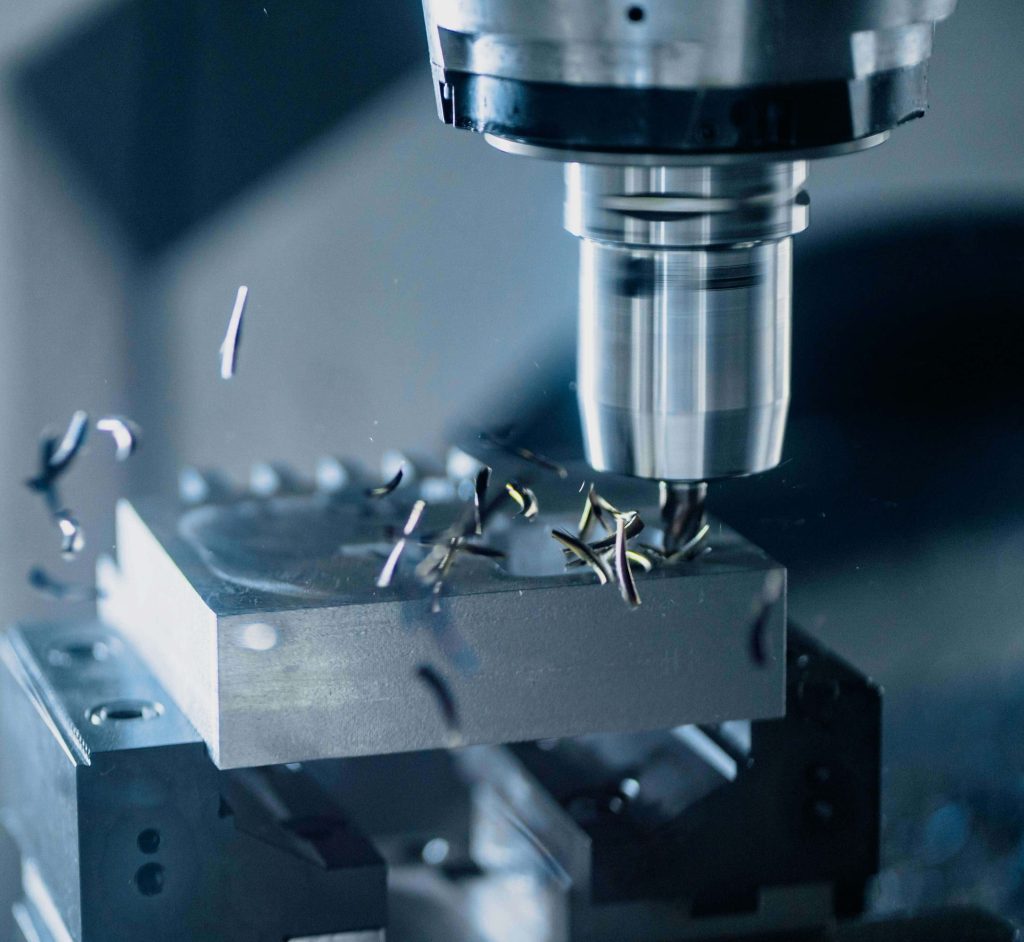
CNC Milling
The design flexibility offered by CNC machining is another reason this method applies in drone manufacture. With the different design requirements from customers, a manufacturing method capable of producing parts of any size or shape is preferable.
Are you wondering which CNC machining materials you can use? As a versatile manufacturing technique, CNC machining accommodates a wide range of materials. Examples of materials to consider are carbon fiber, aluminum, and titanium.
These materials are popular for drones because they are durable and have a high strength-to-weight ratio. You can use the CNC machined parts for critical parts of the drone such as landing gear, propellers, and motor support.
Injection Molding for Drone Manufacturing
This is a manufacturing process characterized by forcing molten plastic into a specially shaped mold. After cooling, the plastic takes the shape of the mold. Many plastic parts on the drone are made this way – body casings, propeller blades, etc.
This manufacturing process works like this:
- The mold is closed and pressure applied to the mold sections
- Plastic or any other suitable material is heated to molten state and injected into the mold
- Pressure is sustained for some time to ensure the molten injection molding materials reach every corner of the mold
- After cooling and hardening, the now formed part is ejected and finished as necessary
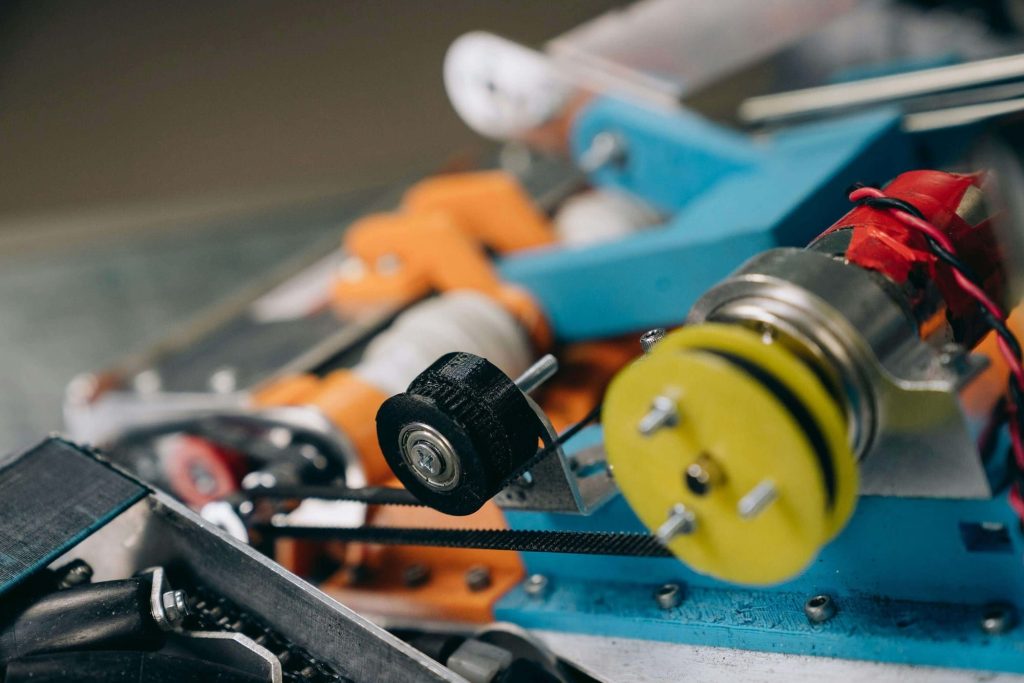
Plastic parts
Why does injection molding make sense in drone manufacturing?
The material flexibility offered by injection molding is one of the reasons it is good for this growing industry. You can inject mold with a wide range of materials, from composites to thermoplastics. Engineers in this industry find this level of flexibility very handy, particularly because they need specific material properties such as corrosion resistance and thermal resistance in the drones.
Injection molding for drone manufacturing also scores highly concerning the precision of parts. Parts from this method hardly need further processing to be used on the drones.
A significant concern in drone manufacturing is the weight of the components. Plastic injection molding offers parts that are typically lightweight and strong. For the advantage of a high strength-to-weight ratio, choosing injection molding for drone manufacturing is easy.
Another big advantage with injection molding for drone manufacturing is the capability to customize the product. There are many finishing options to choose from. You can achieve 0.012 µm in surface roughness for the parts.
3D Printing for Drone Manufacturing
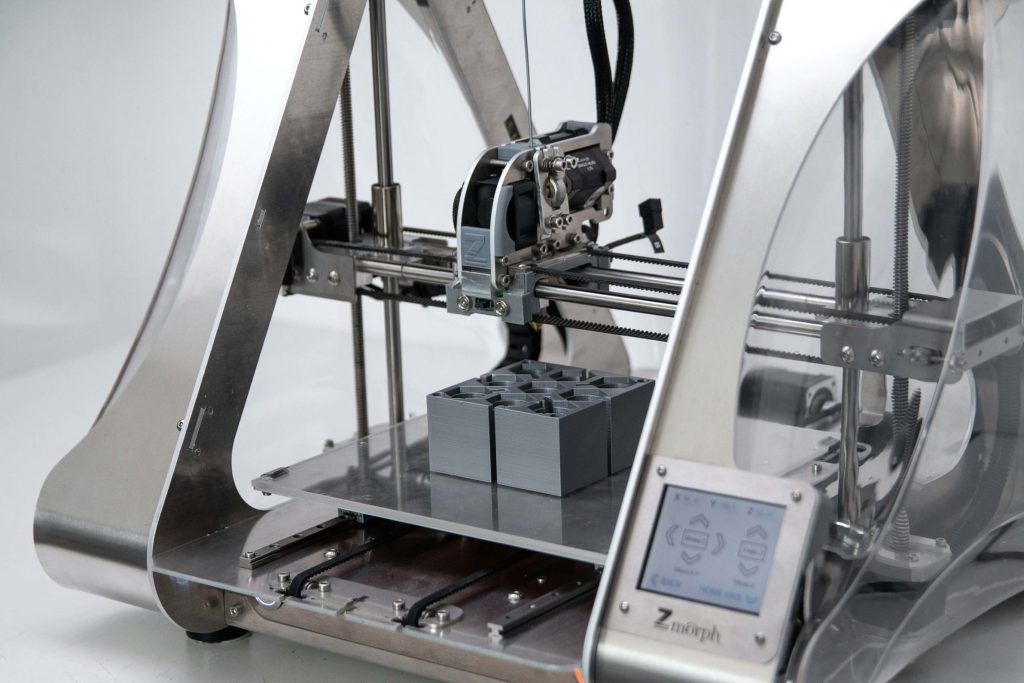
A 3D Printer
3D printing is an additive manufacturing method that is ideal for the creation of complex parts and components. It is instrumental in the drone revolution as the industry seeks more optimized products.
This technology entails transferring digital models to physical items through a layer-by-layer process. There are several reasons why many manufacturers consider 3D printing one of the reliable manufacturing methods.
The rapid prototyping capability is a major advantage of 3D printing. You can easily and quickly generate prototypes for testing. This fastens the drone manufacturing process, a key element in meeting the growing demand for these products.
3D printing is flexible in the type of materials one can use. This gives the manufacturer freedom to use the lightest materials available. The method accommodates light polymers that can produce complex geometries without compromising on strength.
If you are looking for an option to reduce drone assembly time, 3D printing fits this requirement. Integrating different parts to create the complex components is possible with this method. The same capability also minimizes the occurrence of failure points.
Other advantages are:
- Ideal for production of lightweight complex drone parts
- Saves costs
- Maintenance management is superior
We are ready to provide quality CNC machining service for your drone manufacturing business. We have state-of-the-art machining capability that has all your part requirements covered.
Try Prolean Now!
Summary
With the ongoing evolution of drone technology, the three transformative technologies stand out. They are all instrumental in the manufacturing process, with the advantages of each complementing each other.
As the demand for drones increases, the demand for parts can only increase. If you are looking for a reliable drone parts producer, look no further than us. Our experience in manufacturing custom parts is unmatched and we are always ready for new challenges.
FAQs
What are the main parts of a drone?
The main parts of a drone are the frame, propellers, motor, and flight controller. Others are battery and radio.
Can I make my drone?
Yes, with the right tools, materials, and methods, you can make a drone. You can create the drone parts and order others to assemble the drone.
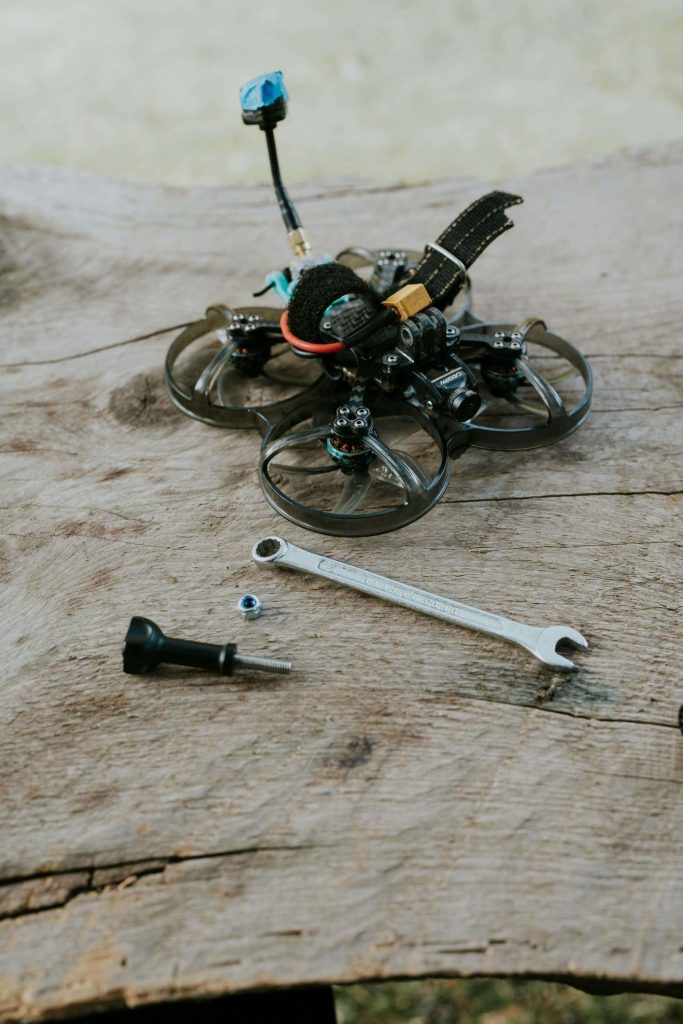
Tools, Parts, and Skills Enough to Create a Drone
Where are drones mostly used?
Drones are common in agriculture, media, emergency response, and logistics industries, among others

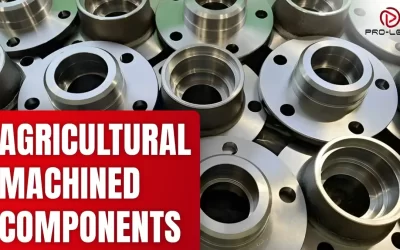
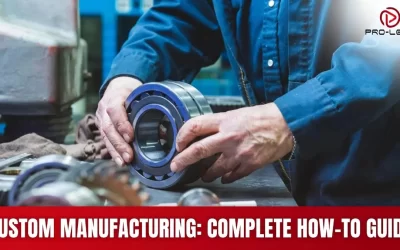

0 Comments